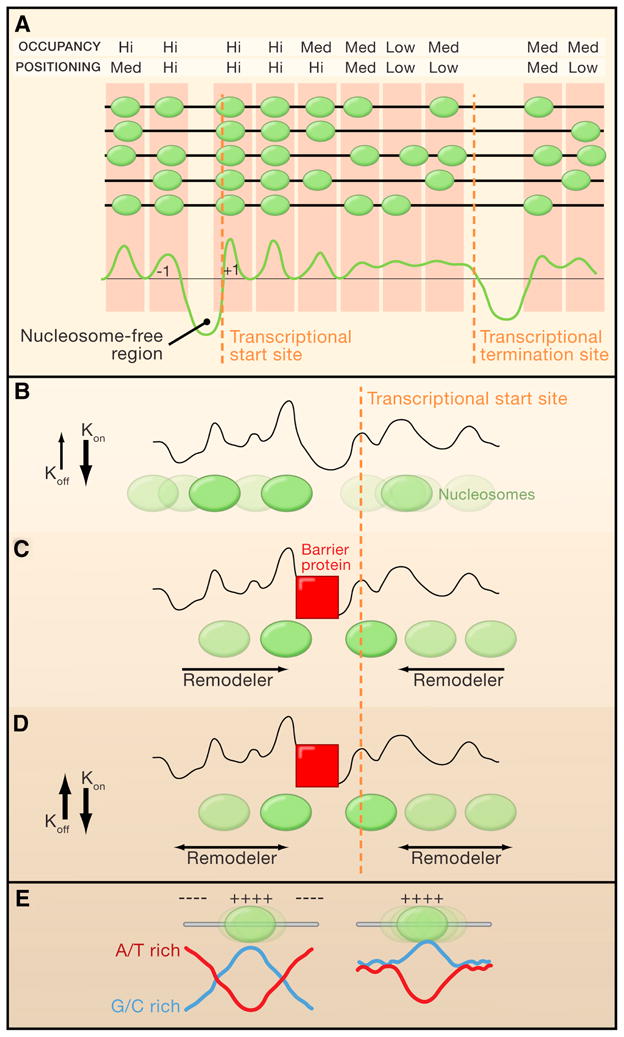Figure 1. Chromatin Remodelers and ‘Container’ Sequences in Nucleosome Organization.

(A) Patterns of nucleosomes (green ellipses) at a hypothetical gene in Saccharomyces cerevisiae gene, with each dark grey line representing the same DNA sequence from different individual cells in the population. A graphical representation of the nucleosomes distribution is shown in the lower panel.
(B-D) Models for nucleosomes positioning by chromatin remodelers. The grey line represents a hypothetical sequence-based preference plot for nucleosome formation (higher peaks represent stronger positioning sequences). Color intensity directly correlates with positioning strength. Orange lines mark the position of a hypothetical transcriptional start sites (TSSs).
(B) Sequence preference. In the absence of additional nucleosome-positioning factors, DNA sequence preference is the only force driving nucleosome patterns. In this model, the high binding affinity between histones and DNA (high on rate Kon and low off rate Koff), restricts nucleosome fluidity.
(C) Directional remodeling. In the presence of cell extract and ATP, nucleasome-free regions are bound by DNA binding proteins that deplete nucleosomes and are likely to form functional barriers (red squares). In this model, chromatin remodelers directionally position nucleosomes against the barrier.
(D) Remodeler-induced fluidity. This model is the same as (C) except that remodelers increase nucleosome fluidity along the DNA, allowing statistical positioning of nucleosomes against the barrier (red squares).
(E) Schematic representation of a ‘container’ nucleosome positioning element. (++++) and (−−−−) mark sequences that favor or repel nucleosomes, respectively. The nucleosome on the left is strongly positioned because of the combination of a centered favoring sequence (G/C; rich-blue line) flanked by repelling sequence (A/T rich; red line). The nucleosome on the right is not strongly positioned because there are no repelling sequences around the favoring sequence.
